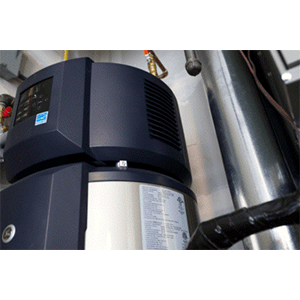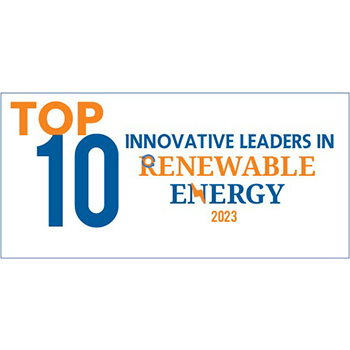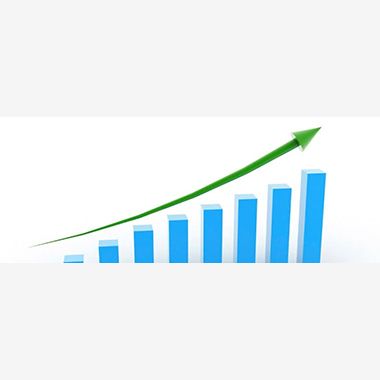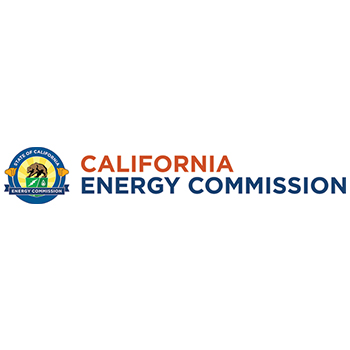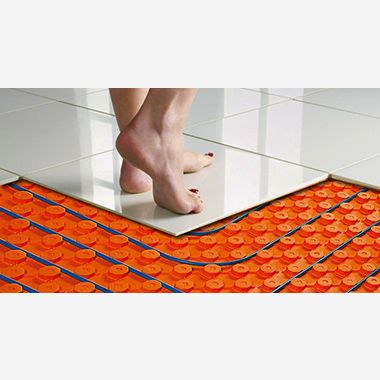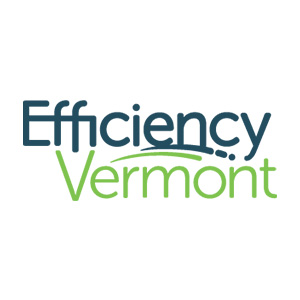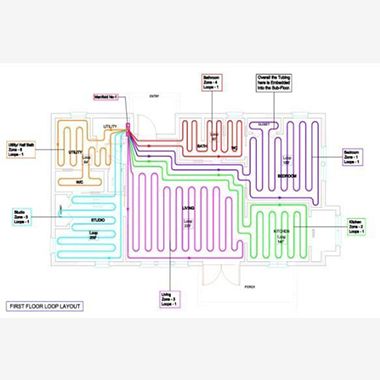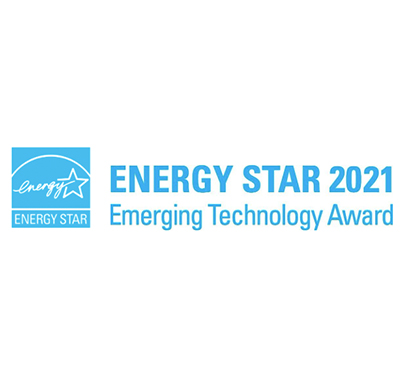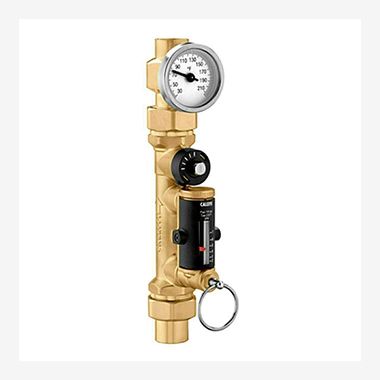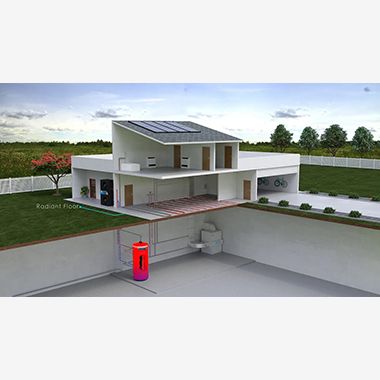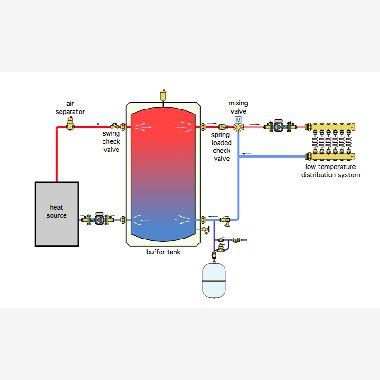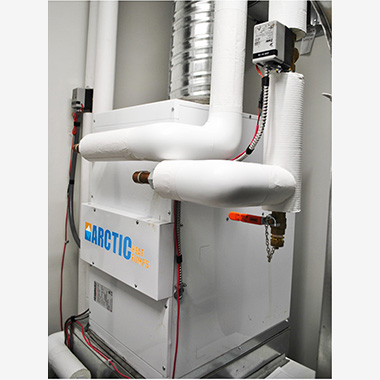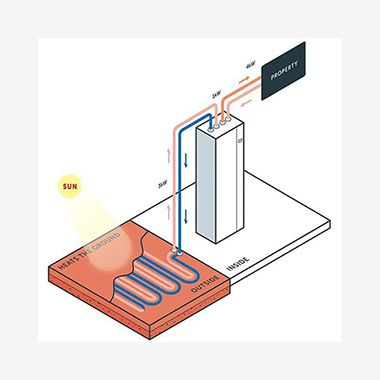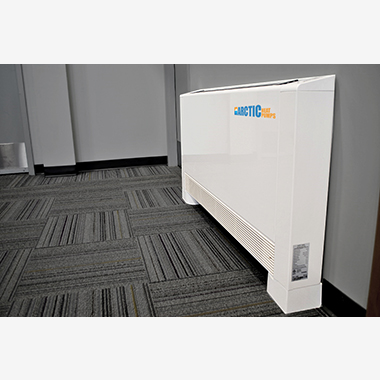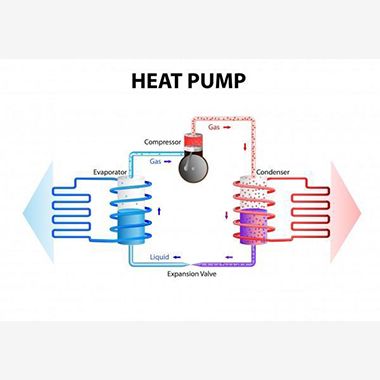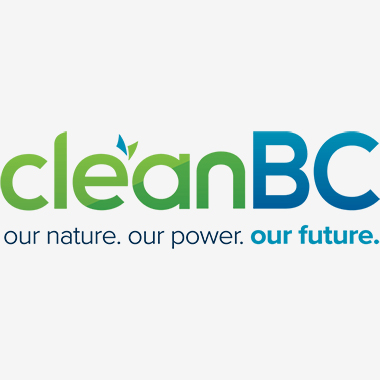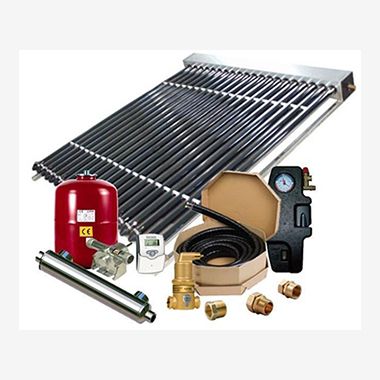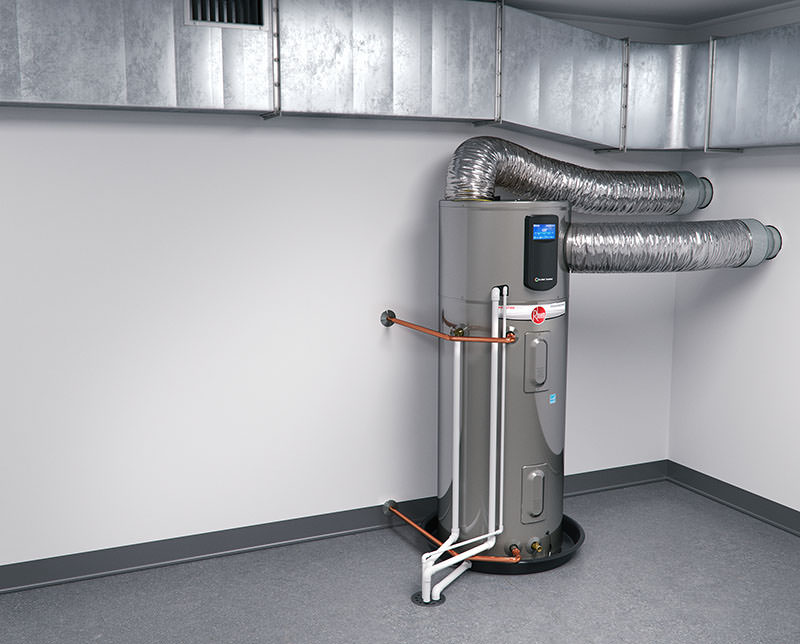
Stand alone heat pump hot water tanks are appliances that move energy from air to water. Some of these water tanks have cylindrical ducting connections, allowing a homeowner to choose the source location that the heat pump will intake air from and exhaust air to. This article will discuss the best strategy for venting your heat pump hot water tank.
The first question we must ask when determining an optimal venting strategy is; Should we vent to and from the outside of the residence? Most heat pump types, such as a geothermal or mini split, are designed to move energy from outside the house to the inside. For most North Americans, a stand-alone heat pump hot water tank cannot intake air from outside the house. The outside air will get too cold during the winter and the heat pump will no longer be able to operate. In the summer, a heat pump water heater becomes the most efficient home cooling device possible by converting hot air to hot water instead of sending hot air energy outside like an AC, but this benefit is only possible if the water tank unit intakes indoor air.
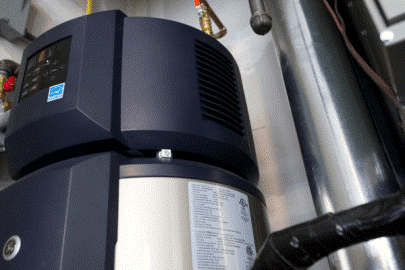
So, we now know that a heat pump hot water tank should not have its air intake port ducted to receive outdoor air, but should we vent the output air outside? It makes sense at first thought, if the heat pump hot water tank strips energy from the air when converting it to hot water, that air is now colder than it was when it went into the heat pump exchanger. Thus, if we vent that colder air directly outside instead of back into the house, we will not cool the house in the winter.
As compelling as that explanation might sound, it is incorrect. Venting the output air from a heat pump hot water tank outdoors is the most inefficient thing you could do with your tank. Why? If you vent your output air outside, you lose all the energy that was in that air, minus the energy you captured into the domestic hot water system.
Here is a practical example of this. Your heat pump hot water heater intakes 1 cubic foot of air that has been heated to 20C by your home heating system. The heat pump exchanger pulls energy from that air, and that 1 gallon is now 15C. 5C worth of energy has been moved to the hot water system. If the outside temperature is -10C and you exhaust the 1 cubic foot of air outside, your home heating system now needs to heat 1 cubic foot of air from -10C to 20C to replace it. If you instead vent your output air inside, your home heating system only has to heat that 1 cubic foot of air from 15C to 20C, and since you captured 5C into your hot water system, no energy has been lost, just moved.
You can see in this example, that venting the output of a heat pump hot water heater is about as efficient as keeping a small window open in your house all winter.
In the summer, if you vent your output air outside you end up cooling the atmosphere instead of your home.
So, is there ever a reason to vent the input and output air from your heat pump hot water tank? Yes, so long as the source for those vents is inside air. Venting within the house can allow a homeowner to pull and push air strategically. The ideal intake/output vent location would be on the ceiling of the top floor in a house. The air below this ceiling will likely be the hottest air in the house throughout the year, and it is also less useful air in terms of human comfort, making it an ideal intake and exhaust spot.
If your heat pump hot water tank does not have air ducting ports, do not worry. For the average homeowner, venting your heat pump’s air wherever the heat pump tank is located is absolutely sufficient.

